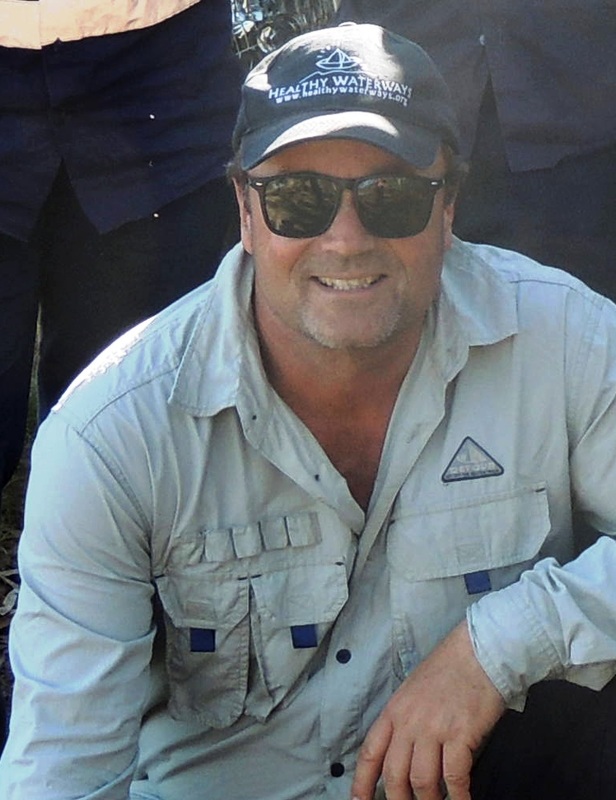If you want to see evidence of how our wetland and coastal habitats are sensitive to elevation just take a walk around the eco-project site at Silcock Street at Clontarf. In a small area you can see 5 habitat types set out in a mosaic formation and include Coastal Eucalypt, Melaleuca, Casuarina, Saltmarsh and Mangroves. The elevation of the low lying land determines which vegetation type grows on it. These differences are mainly due to hydrology and in particular the capacity to deal with different levels of salinity.
The variety of vegetation types in such close proximity makes the Clontarf eco-site a hotspot for biodiversity...
Mangroves are associated with areas which are exposed to tidal inundation on a daily basis and they can often be found lining the man-made drains which penetrate the terrestrial landscape and are well away from the shoreline.
Saltmarsh vegetation thrives in the saltpan areas where the occasional exposure to king and spring tides creates a high saline area. These herbaceous plants are adapted to coping with high salt levels as well as long periods of drought.
Casuarina and marine couch are also found on the terrestrial side of saltmarsh as they can cope with higher levels of salinity than other terrestrial forest systems. Melaleuca (paperbark) can cope with fresh water inundation and so tend to dominate the lower lying freshwater habitats. Coastal Eucalypt needs higher elevations where water and salinity are not an issue.
A good example in Clontarf shows a small area with varying levels (caused by a drainage channel). You can stand at one point and look on to mangroves (along a channel and also a low lying area) as well as look onto a small area of saltmarsh vegetation lined with Casuarina and Melaleuca. Literally 20 meters away the land is elevated slightly and you see massive mature Eucalypts. The difference in elevation is a matter of one or two meters.
It makes you realise how dynamic this system is and how specialised some of our vegetation is in terms of colonising wetland areas. The variety of vegetation types in such close proximity makes the Clontarf eco-site a hotspot for biodiversity with many animals also adapted to utilise particular plant types.
Saltmarsh vegetation thrives in the saltpan areas where the occasional exposure to king and spring tides creates a high saline area. These herbaceous plants are adapted to coping with high salt levels as well as long periods of drought.
Casuarina and marine couch are also found on the terrestrial side of saltmarsh as they can cope with higher levels of salinity than other terrestrial forest systems. Melaleuca (paperbark) can cope with fresh water inundation and so tend to dominate the lower lying freshwater habitats. Coastal Eucalypt needs higher elevations where water and salinity are not an issue.
A good example in Clontarf shows a small area with varying levels (caused by a drainage channel). You can stand at one point and look on to mangroves (along a channel and also a low lying area) as well as look onto a small area of saltmarsh vegetation lined with Casuarina and Melaleuca. Literally 20 meters away the land is elevated slightly and you see massive mature Eucalypts. The difference in elevation is a matter of one or two meters.
It makes you realise how dynamic this system is and how specialised some of our vegetation is in terms of colonising wetland areas. The variety of vegetation types in such close proximity makes the Clontarf eco-site a hotspot for biodiversity with many animals also adapted to utilise particular plant types.

 RSS Feed
RSS Feed
